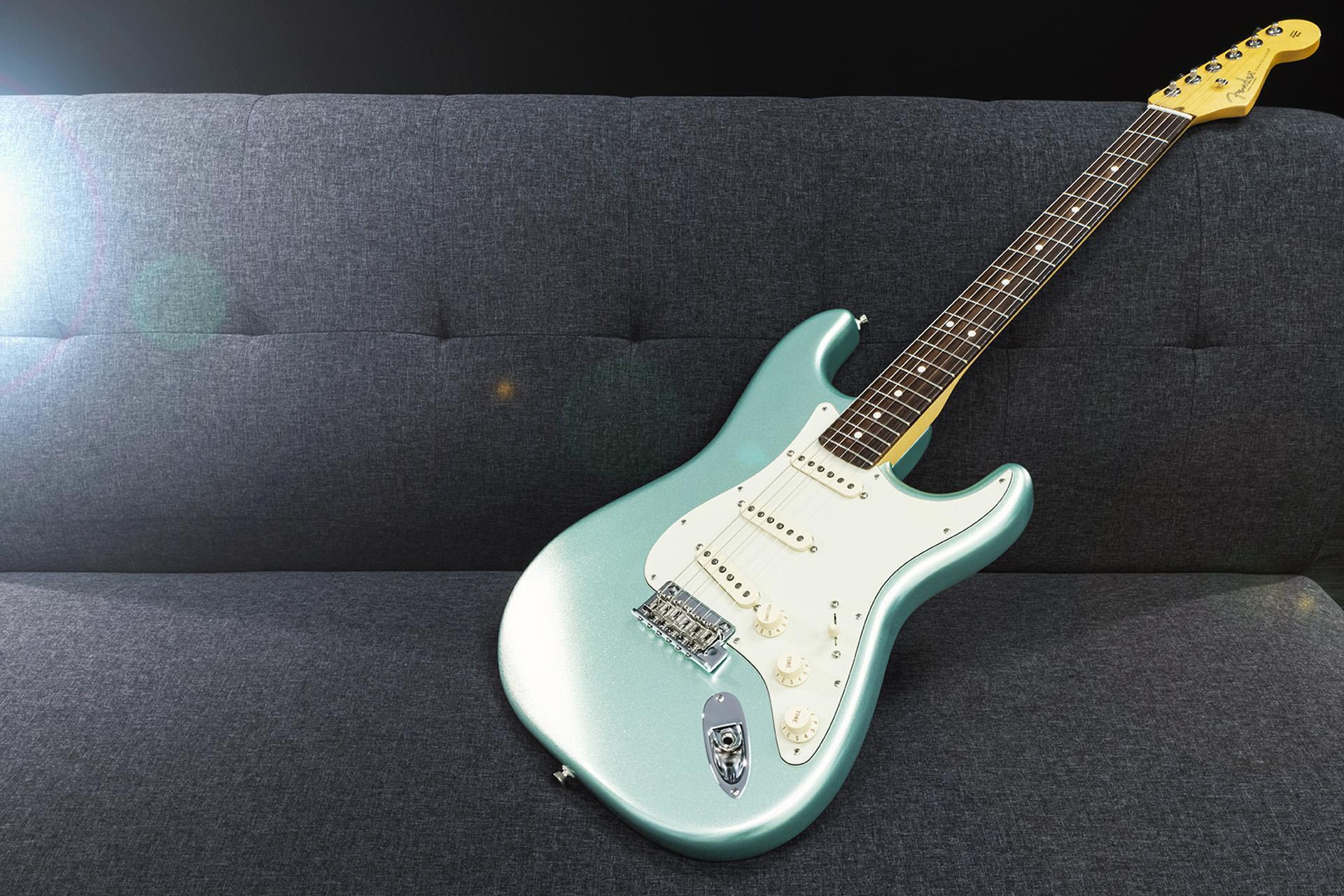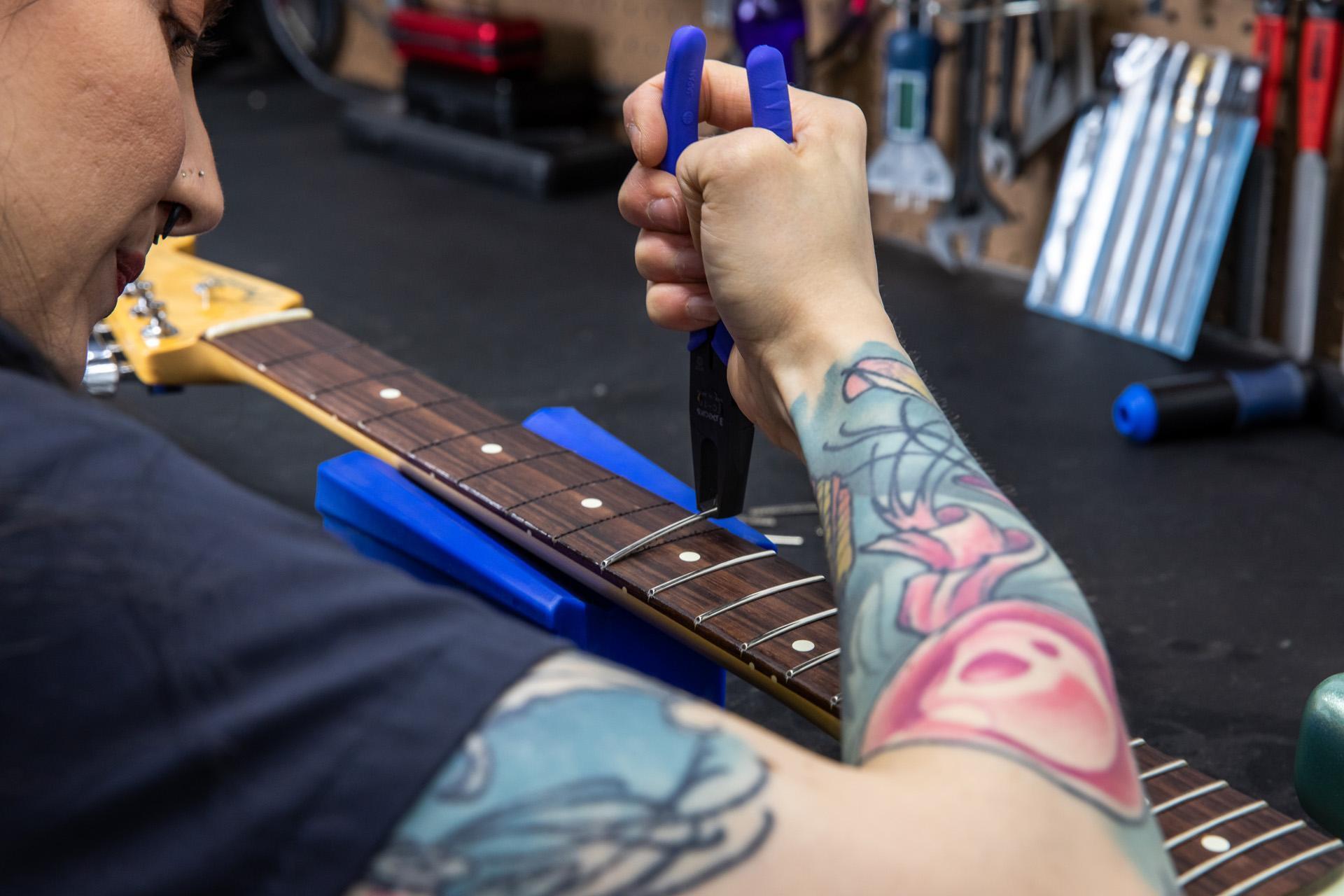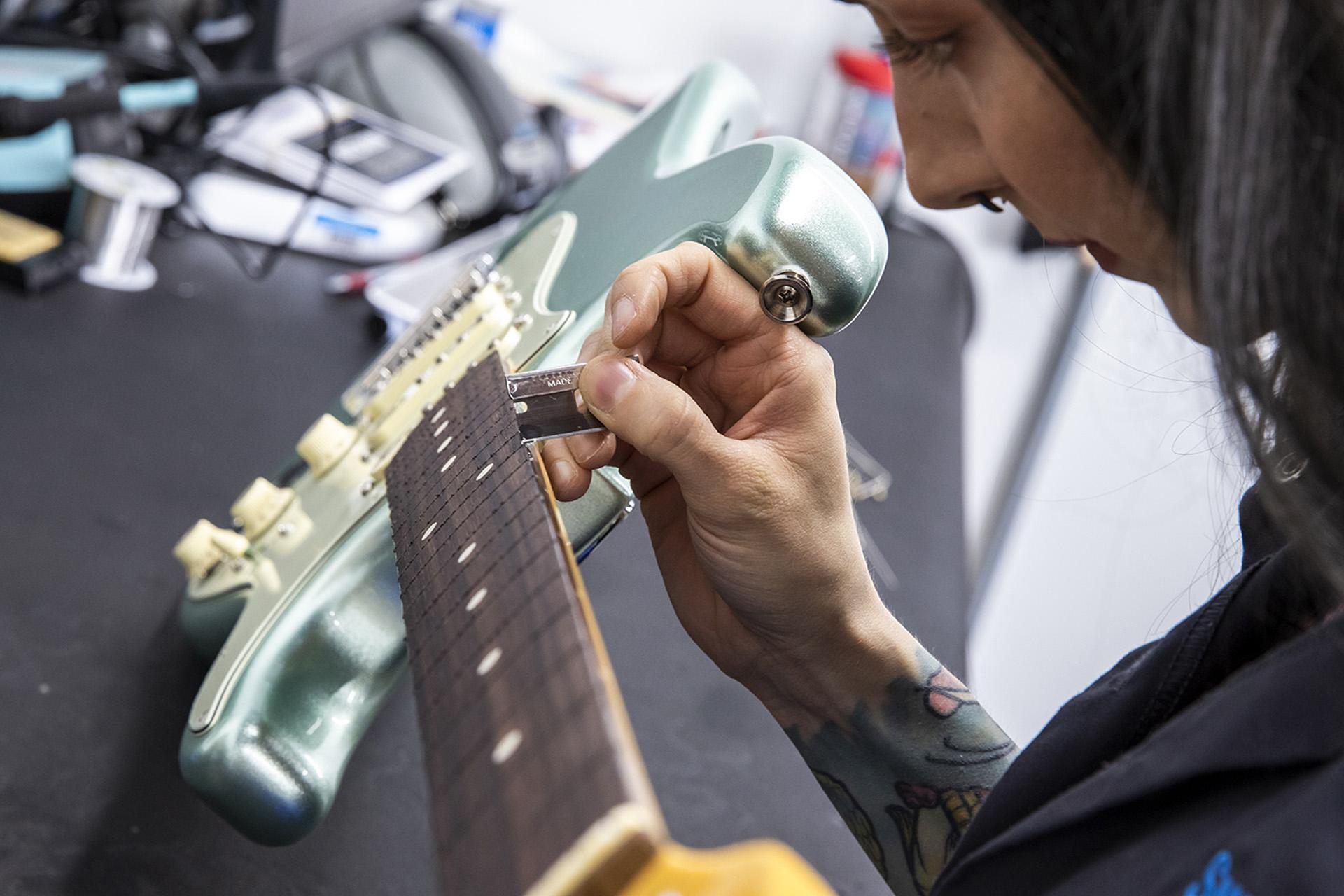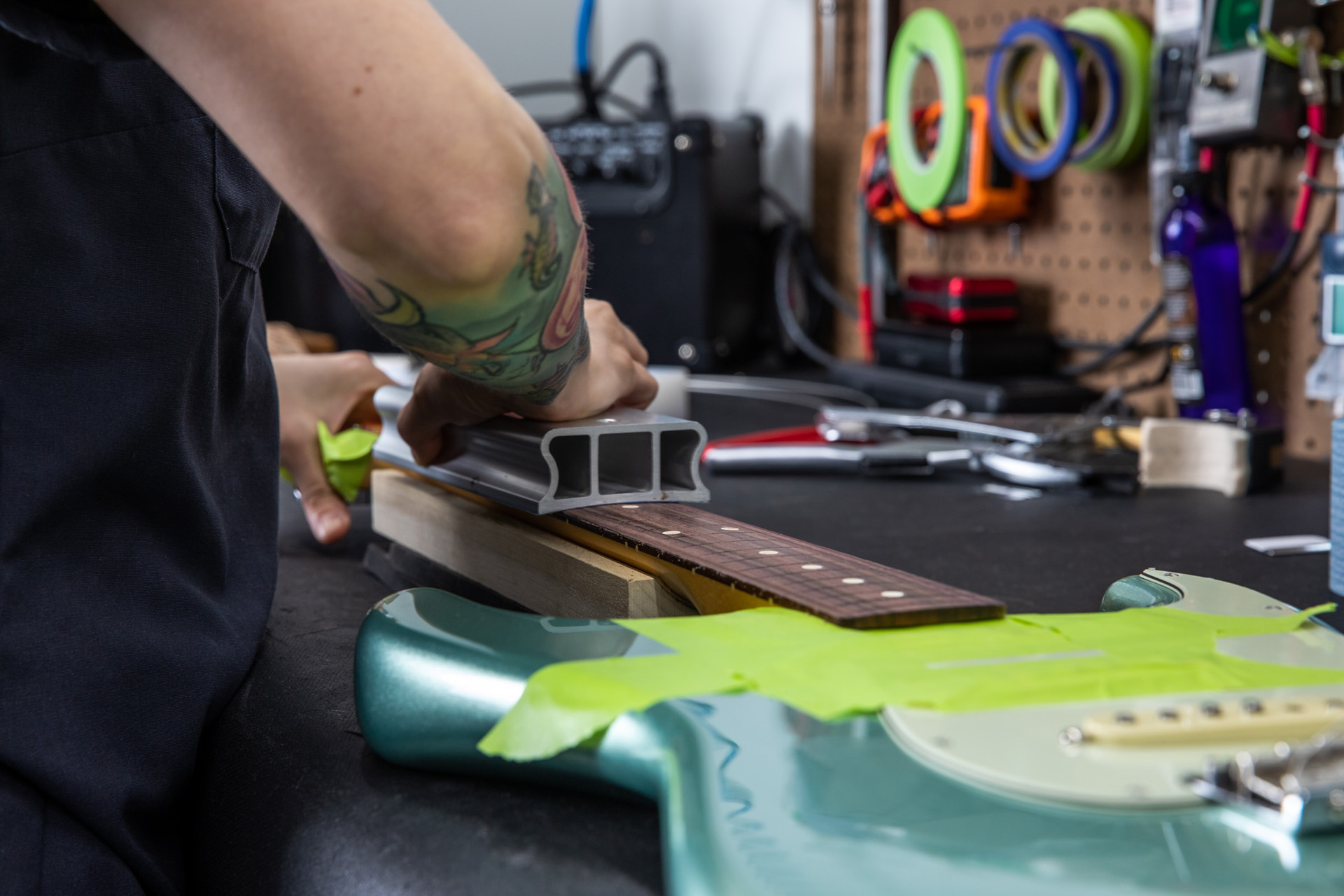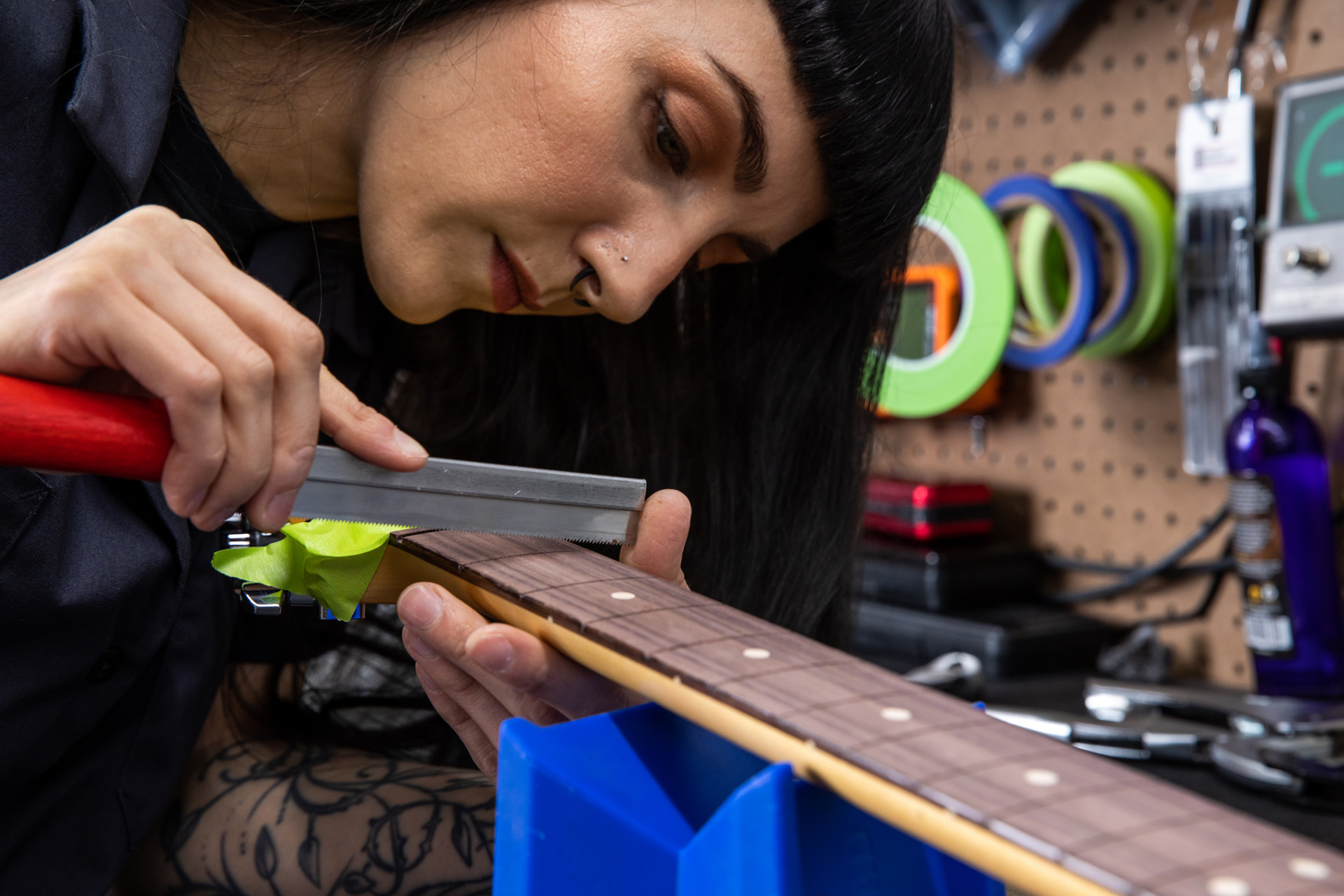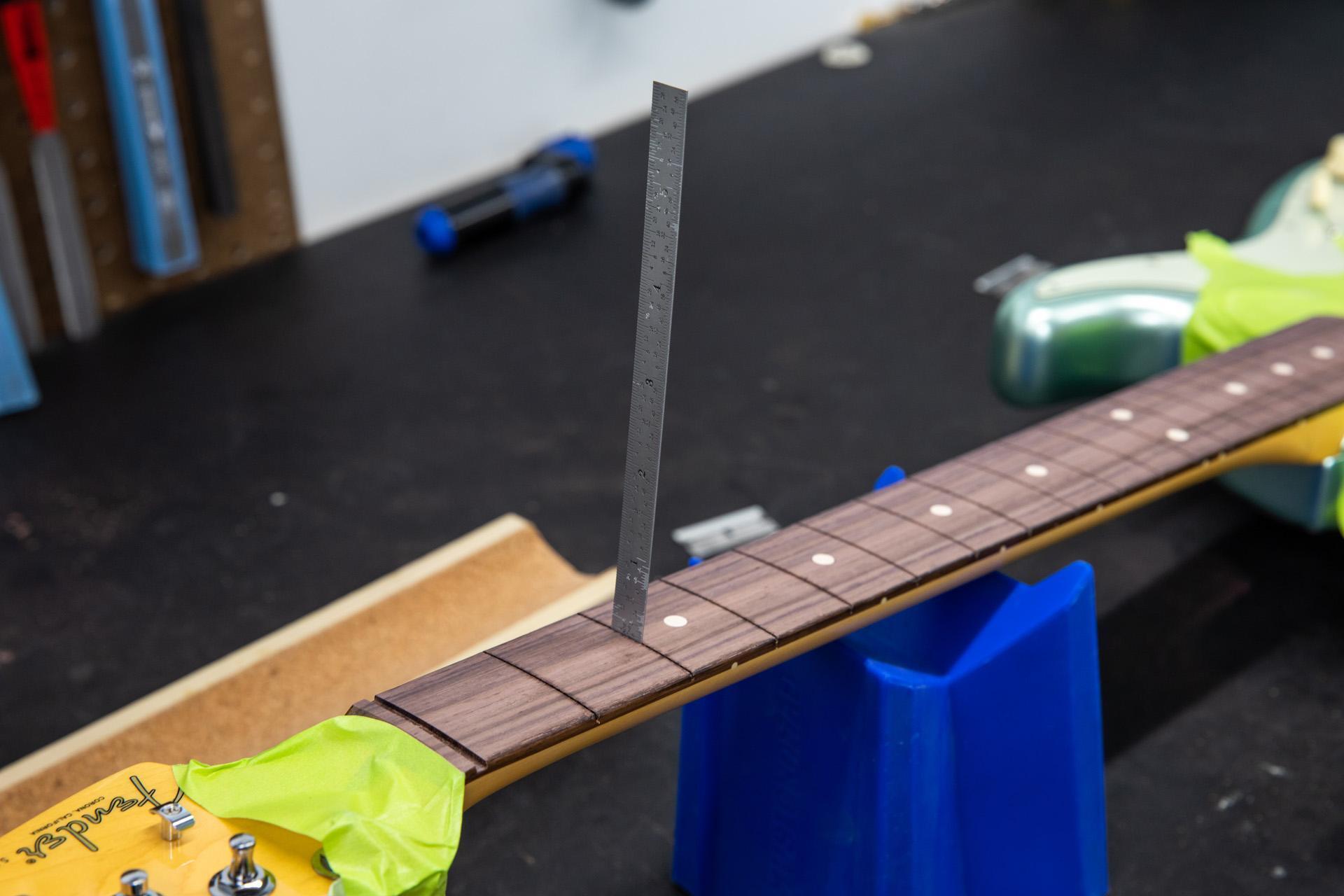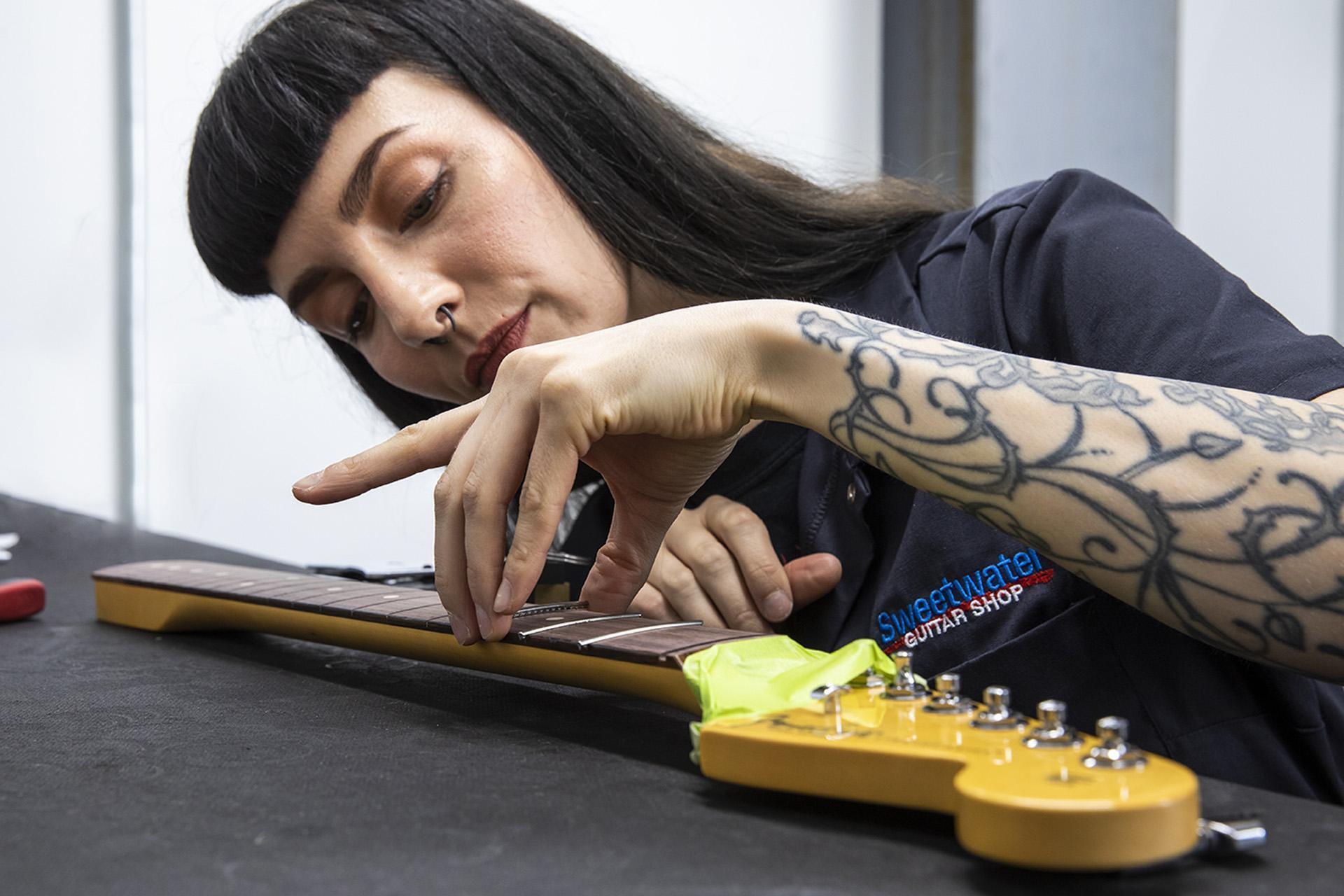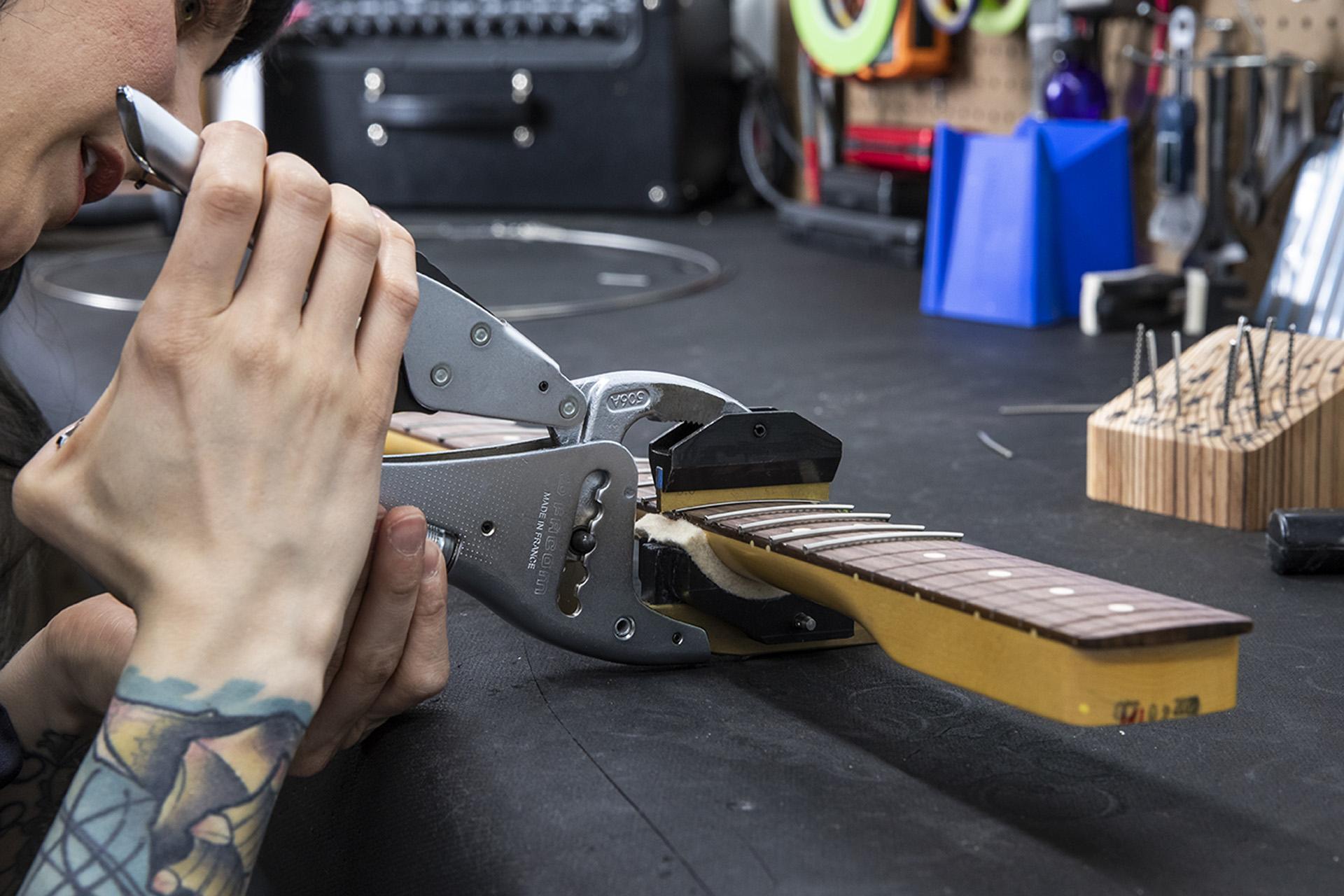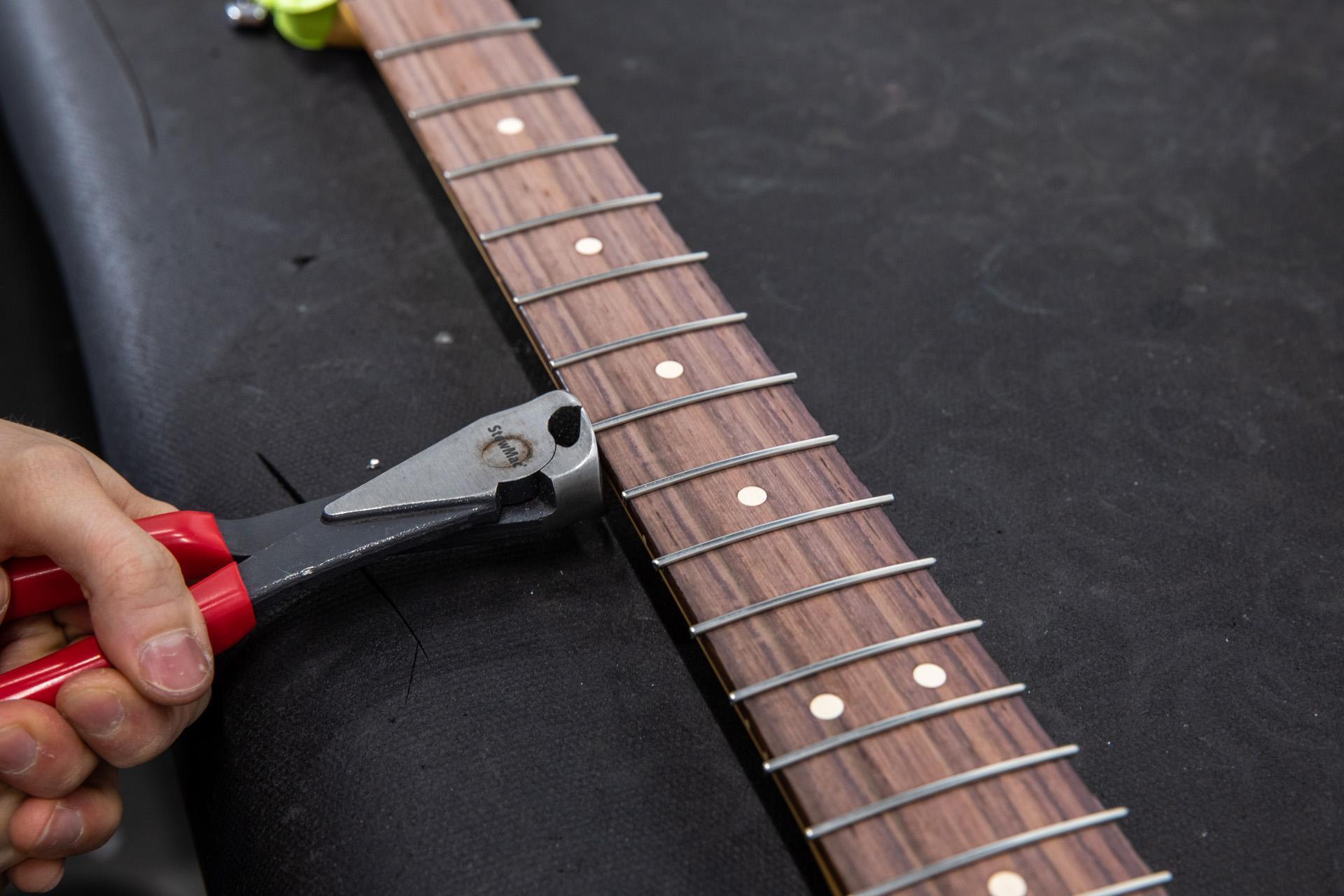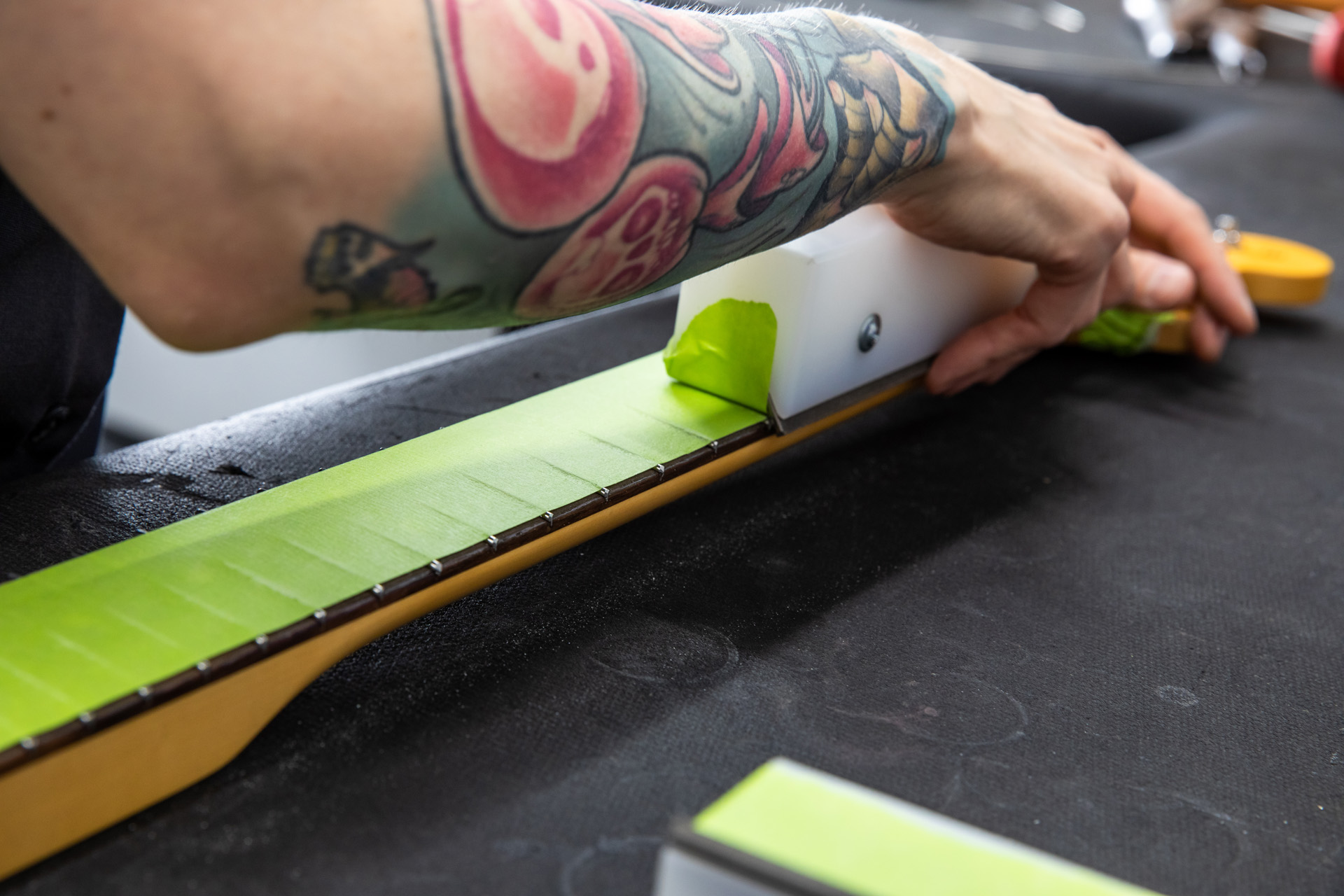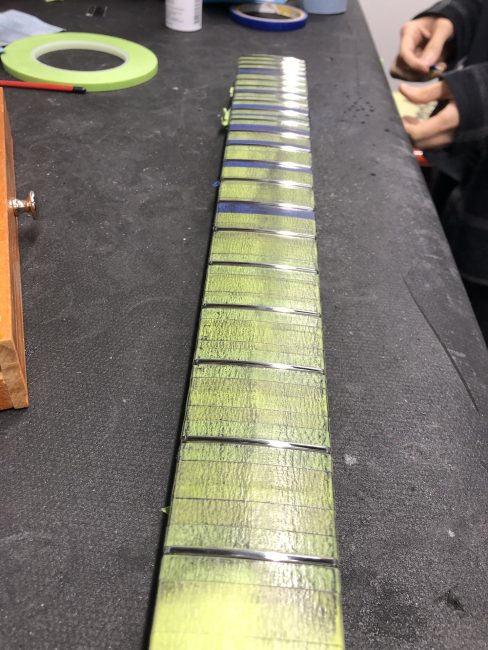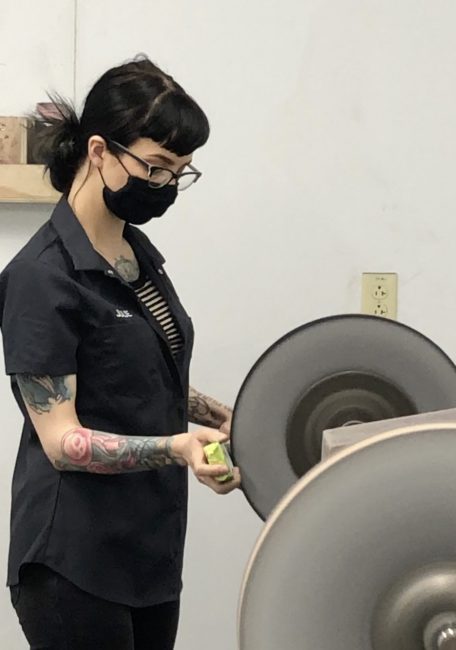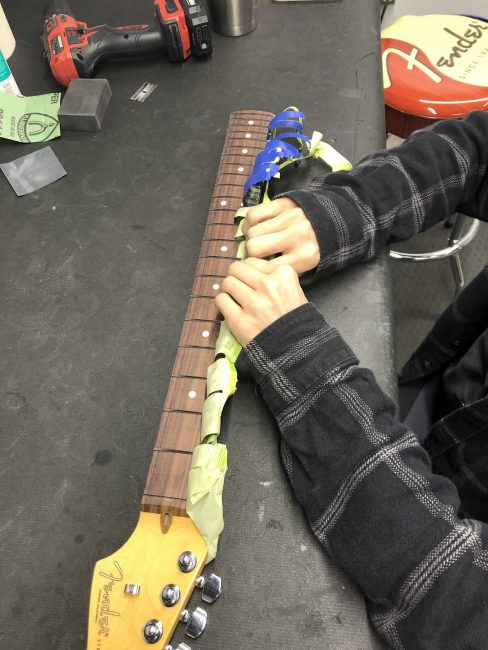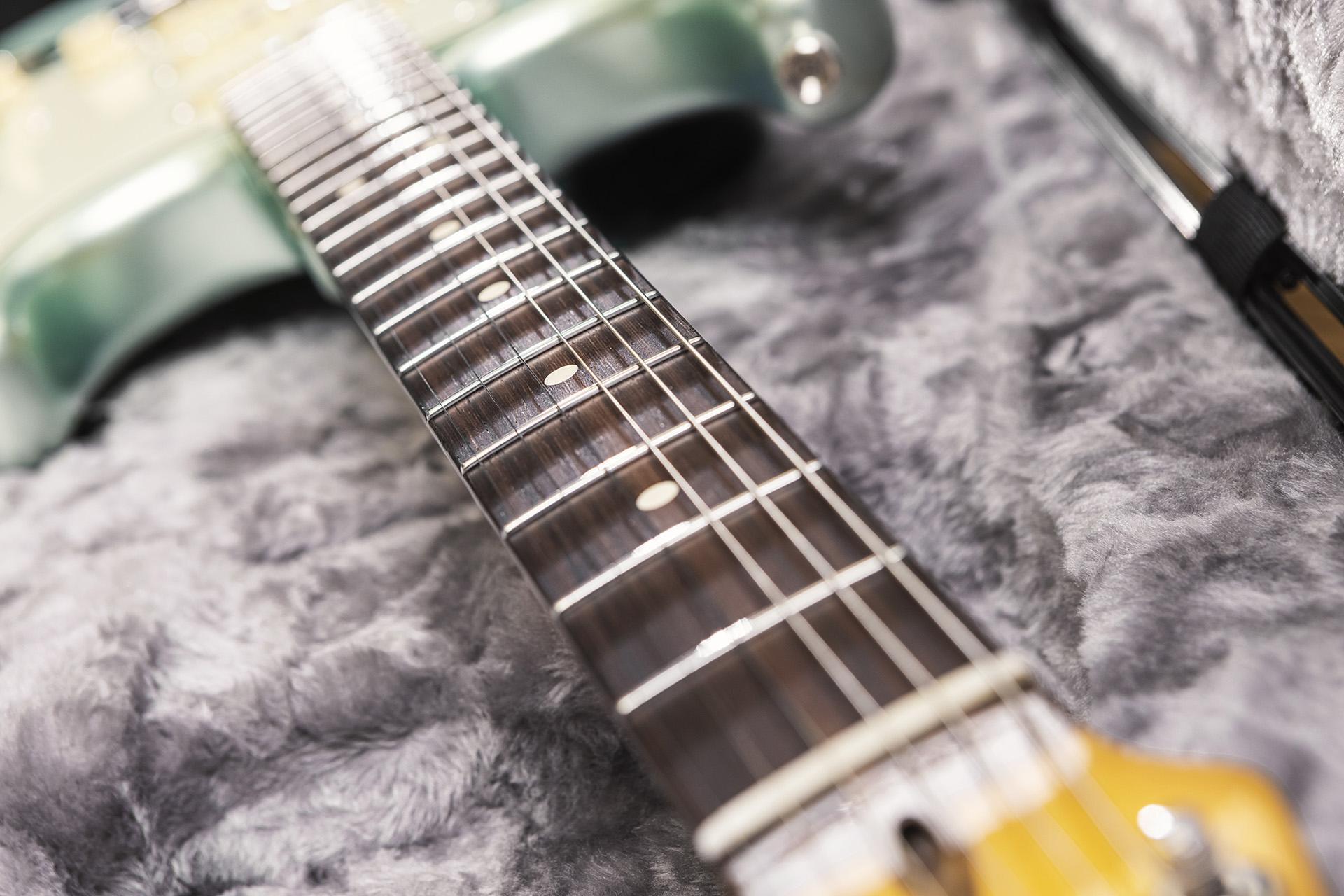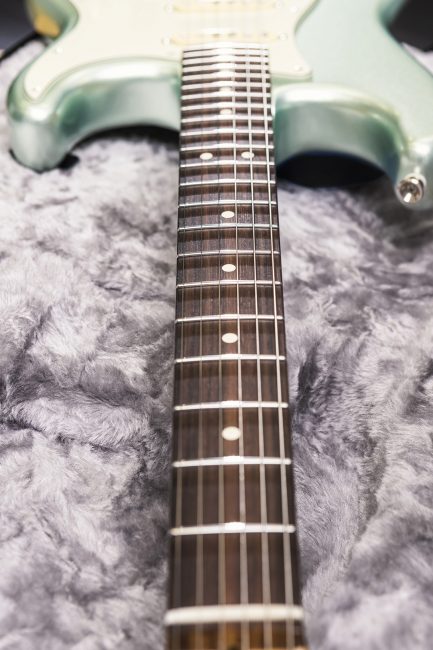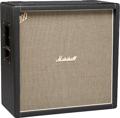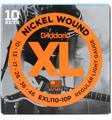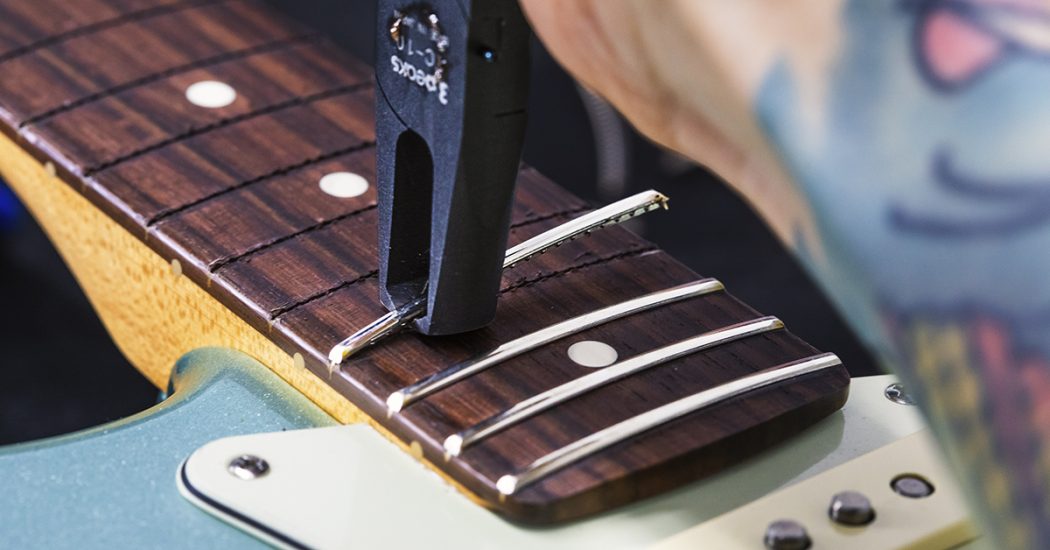
When you mention stainless steel frets to a guitar player, you’ll likely get an enthusiastic response either for or against. Why? Because guitar players are an opinionated and passionate bunch. To test the waters, I did a quick survey of the Sales Engineers at Sweetwater and got responses like these:
- I don’t hear a discernible difference in tone when compared to nickel frets. What I noticed mostly was how they affected my playing! Bends are super smooth; sliding between notes/frets is effortless.
- The differences are pretty subtle, but my tweaky take is that SS are a tad brighter with sharper transients.
- It’s all a matter of taste. They make lots of sense for metal guitarists, but to me they make a guitar feel solid and stiff — missing the organic feel that a guitar should have.
- Stainless steel frets have nearly no impact on tone and are tough as nails. Every instrument should come with them standard these days.
- SS frets play like butter — super smooth and glassy feeling.
- Where stainless wins out to me is in the realm of durability. I’ve worn through sets of nickel frets in 3–4 years when I was playing out often. With my stainless frets, they just don’t wear out.
Can We Test the Real Difference?
When we started thinking about how to compare stainless steel frets (SS) to nickel/silver frets (NS), we started with one premise. There was only one fair way to compare the two, but it wouldn’t be easy. Most guitar players have played guitars with NS frets, then picked up another guitar with SS frets, and compared the sound and feel of the two. Different instruments, different setups, maybe different strings. Hmmm. Not terribly scientific.
A comparison like that wasn’t adequate for us. The only way to compare the sound and feel of the frets was if they were on the same guitar, which meant we had to take a guitar with NS frets, play and record that, then swap the frets for SS. Swap frets? That’s not like swapping strings or pickups. It’s a huge deal — a refret job is major surgery on a guitar.
Thankfully, at Sweetwater, we have a team of talented luthiers working in our Guitar Workshop. They are skilled at performing any guitar-related repairs or modifications. We reached out to Wade Owen, guitar repair and install manager, and told him our idea. As a SS-fret convert himself, he was excited and all in. He chose a member of our talented luthier team to do the refret job. Then we selected a guitar, and “the game was afoot!” (Since we were detectives trying to decipher the differences, the Sherlock Holmes reference seemed fitting.)
Take a Listen
Before I tell you the details of this ambitious undertaking, let me play you two clips of the Fender American Professional Stratocaster we chose — one clip with the original NS frets and one with the new SS frets. But I’m not going to tell you (yet) which is which. See if you can tell them apart. At the bottom of this article, I’ve included more playing examples and the details of our setup along with the reveal of which clip is which. Here you go:
So, Why Use Stainless Steel Frets?
Maybe you’re asking yourself, “Why would someone pick stainless steel frets?” Or, alternately, “Why would anyone use anything other than stainless steel frets?” Well, there are several advantages and some disadvantages.
Advantages
- Stainless steel frets are harder and wear down slowly, meaning that you’ll rarely (if ever) need to refret your guitar
- SS frets have and maintain a smoother surface than their NS counterparts due to the hardness of the material
- Bends and slides are easier, smoother, and more consistent
- They rarely need fret finishing or polishing
Disadvantages
- Slightly more expensive refret job (only by 20% — and, considering that you will gain 2–3 times the fret life, then it’s really a bargain)
- For guitar repair technicians, it means replacing tools more often since the SS frets are much more demanding to cut. This is the reason why a SS refret job costs more.
- Some players think that they sound brighter
- Slippery compared to NS frets
If you want to know which is which and to hear all the other samples now, then just scroll down to the bottom of the page to hear the rest. But we’d love to show you exactly what we did to compare the SS frets to the original NS frets.
Here’s How to Refret a Guitar
Deciding that we’d need to swap frets on the same guitar was the easy part. Then came the real work. After we recorded several parts with the original guitar (with NS frets), we handed it over to Julie Skarry, one of Sweetwater’s fine luthiers, for the refret job.
If you’re like me, then you probably have no idea what all is involved in changing frets on a guitar. I was intrigued. Let me walk you through what I learned as I watched Julie refret this guitar. Since no one has ever done a comparison test like this before, I asked Julie to speculate what differences she thought it would make. “I suspect it might have more sustain and might be slightly brighter. Probably the playing will be smoother with less friction. It’s just physics.”
As we chatted, one thing I discovered is that Sweetwater’s Guitar Workshop puts stainless steel frets on “new from the factory” guitars several times a month. We discussed the advantages of SS frets, and it was easy to see why players choose to swap them out before even taking delivery of a guitar.
I hung out all day with Julie to learn about the process so I could share the experience with you. Here are all the steps in the process.
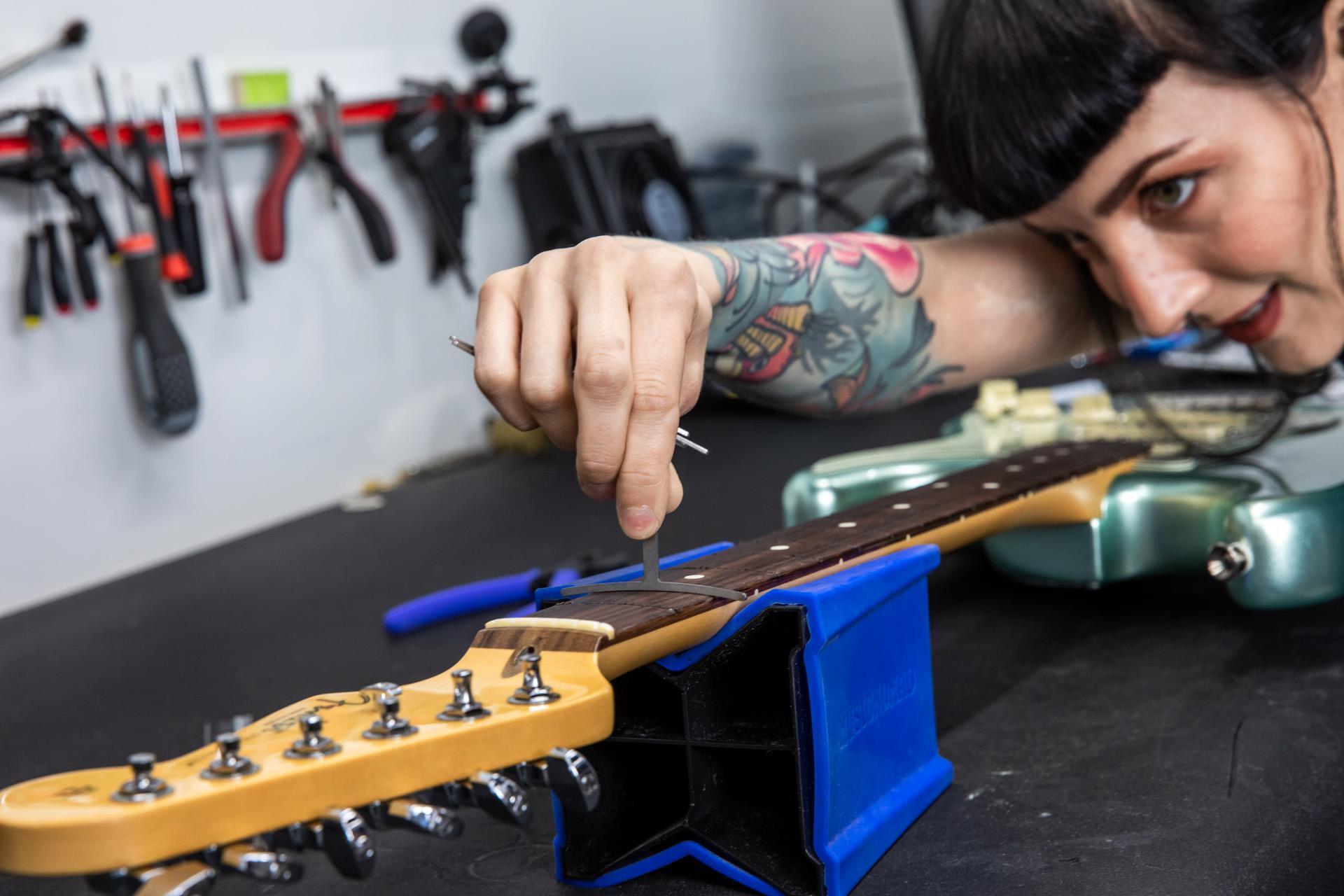
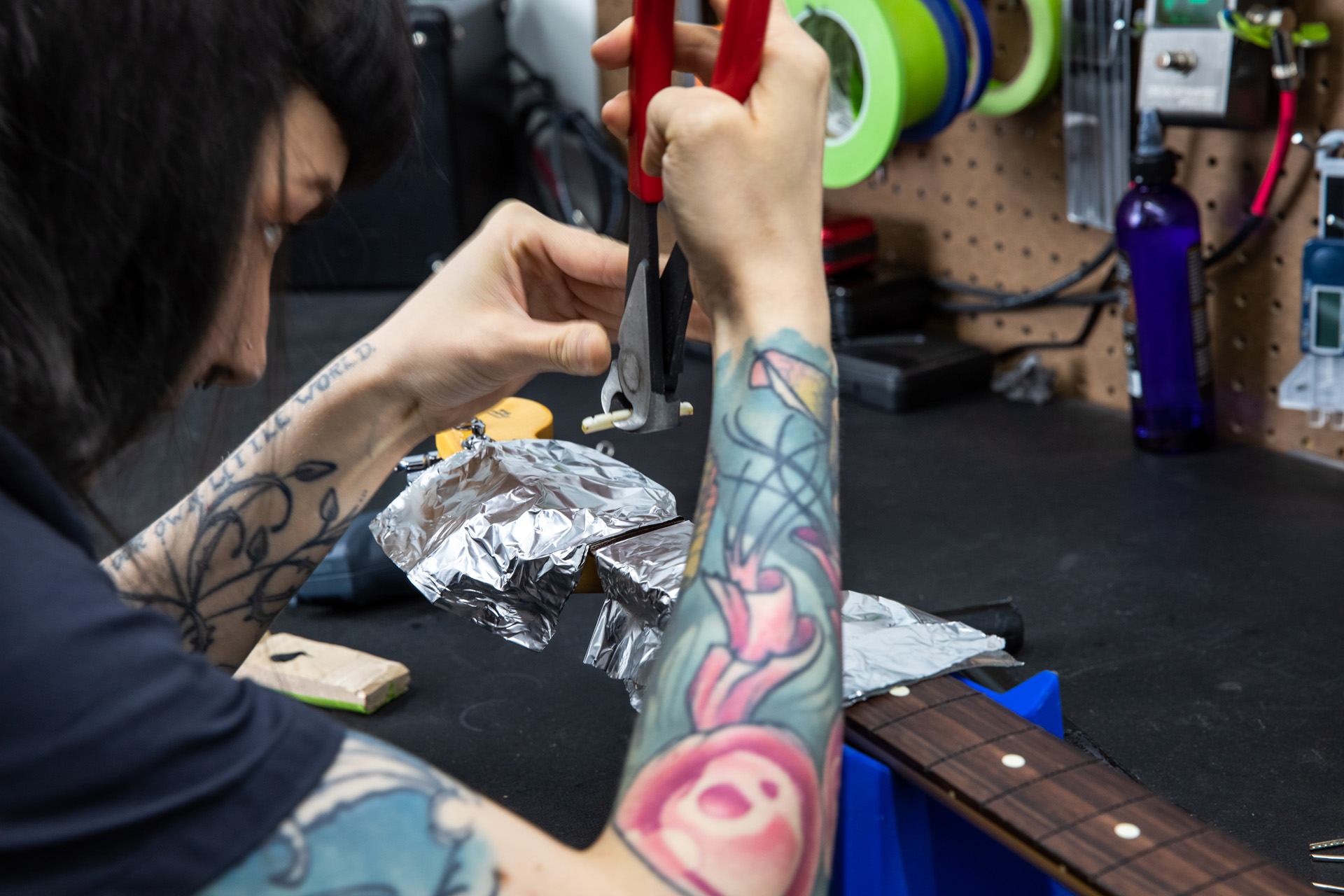

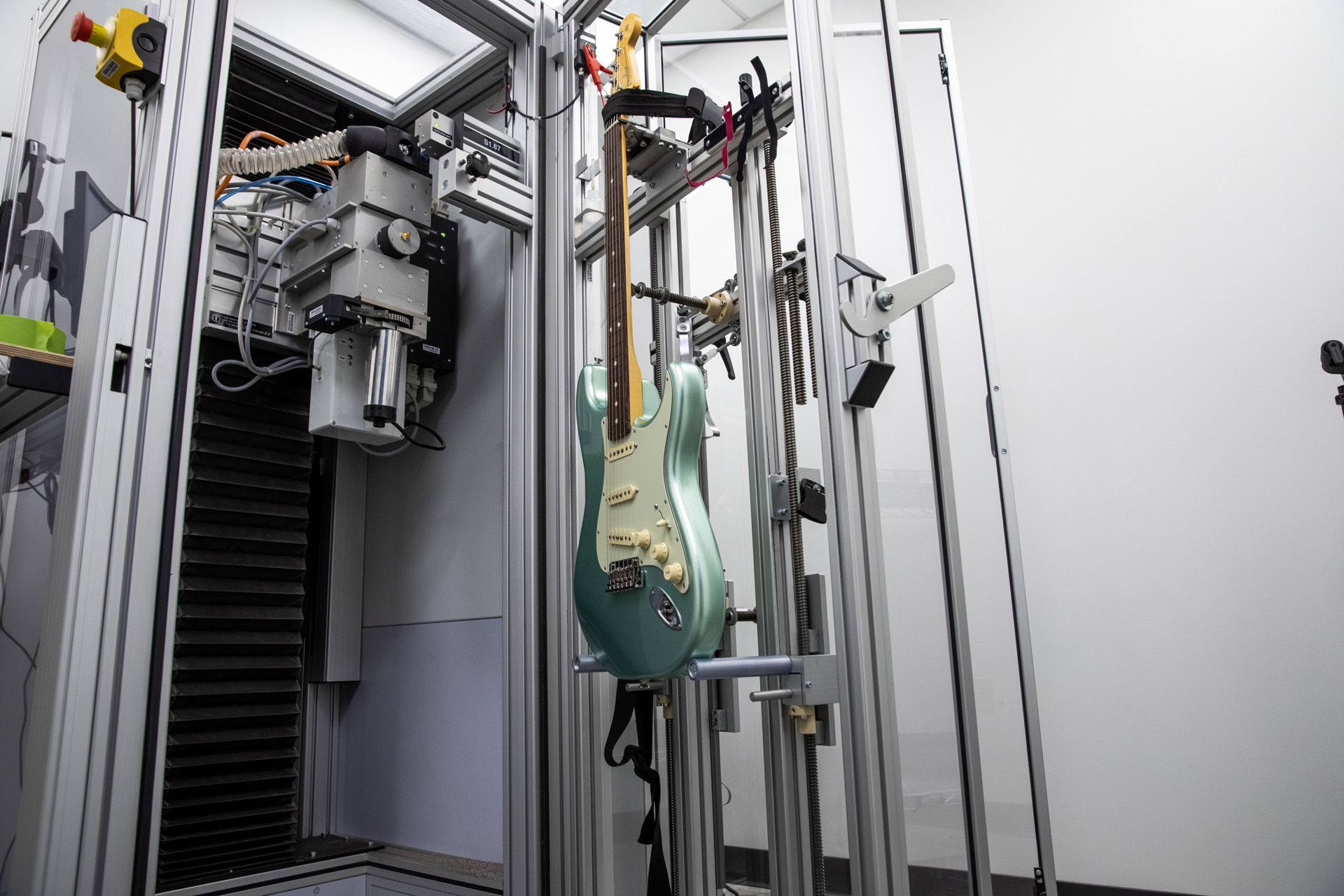
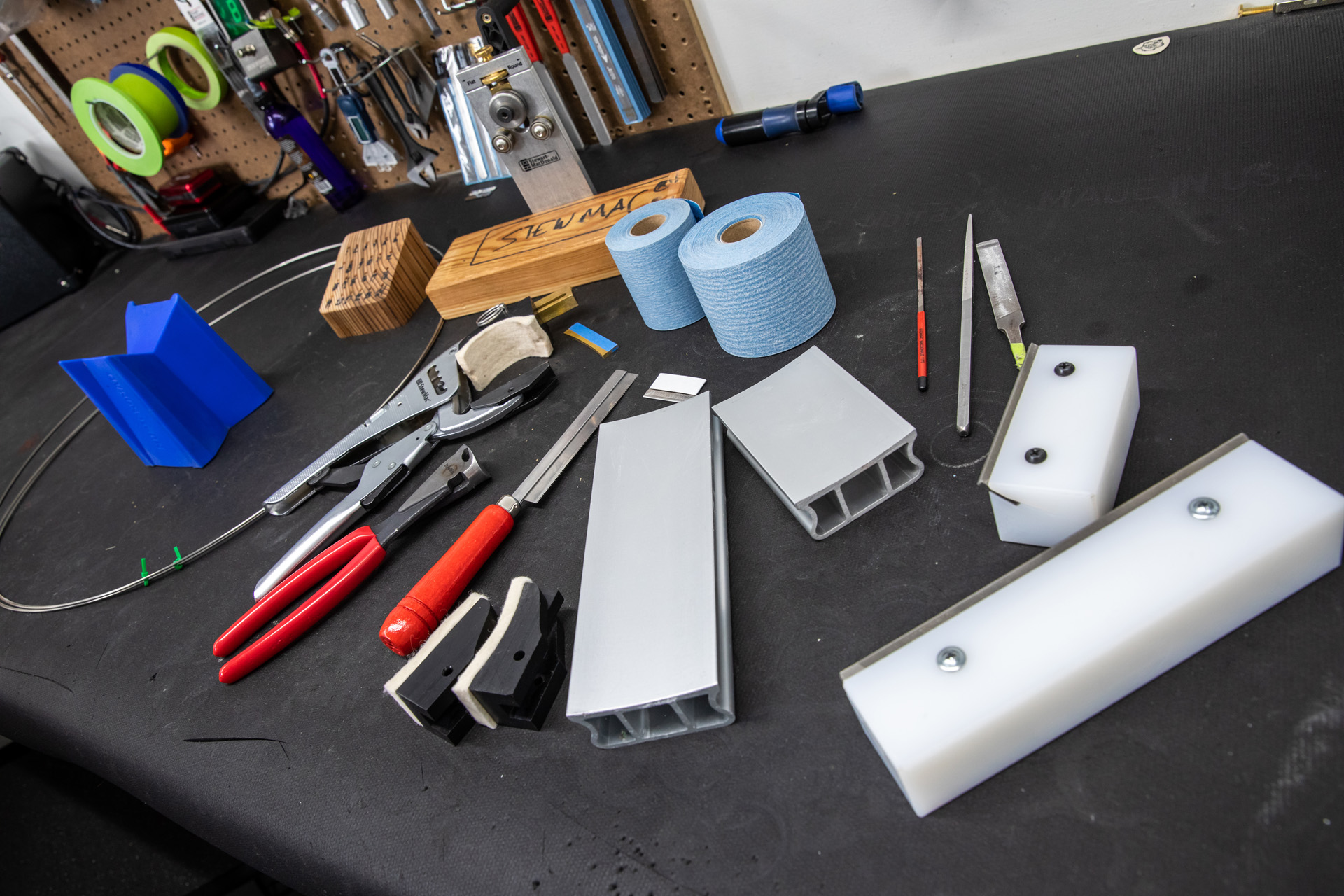
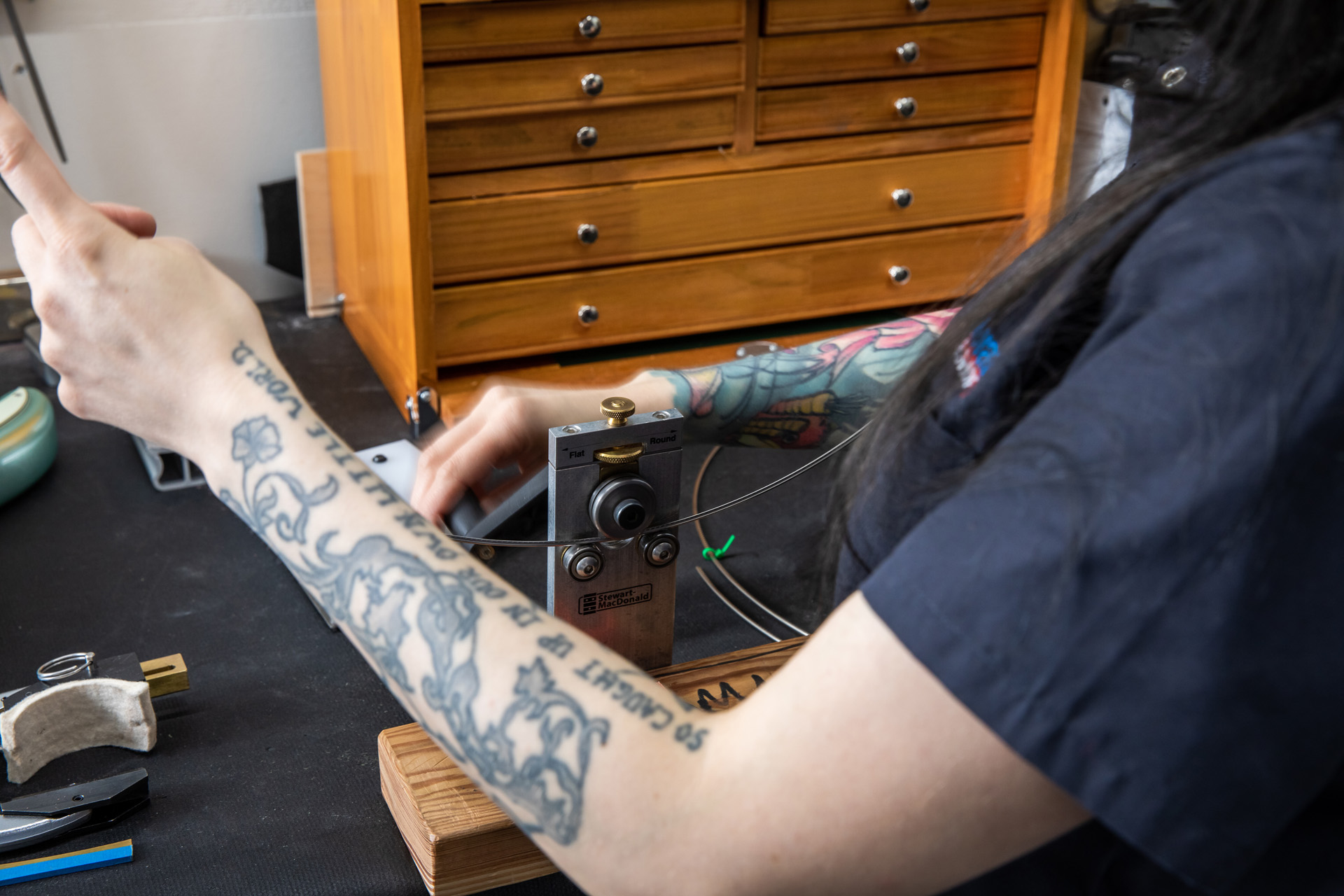
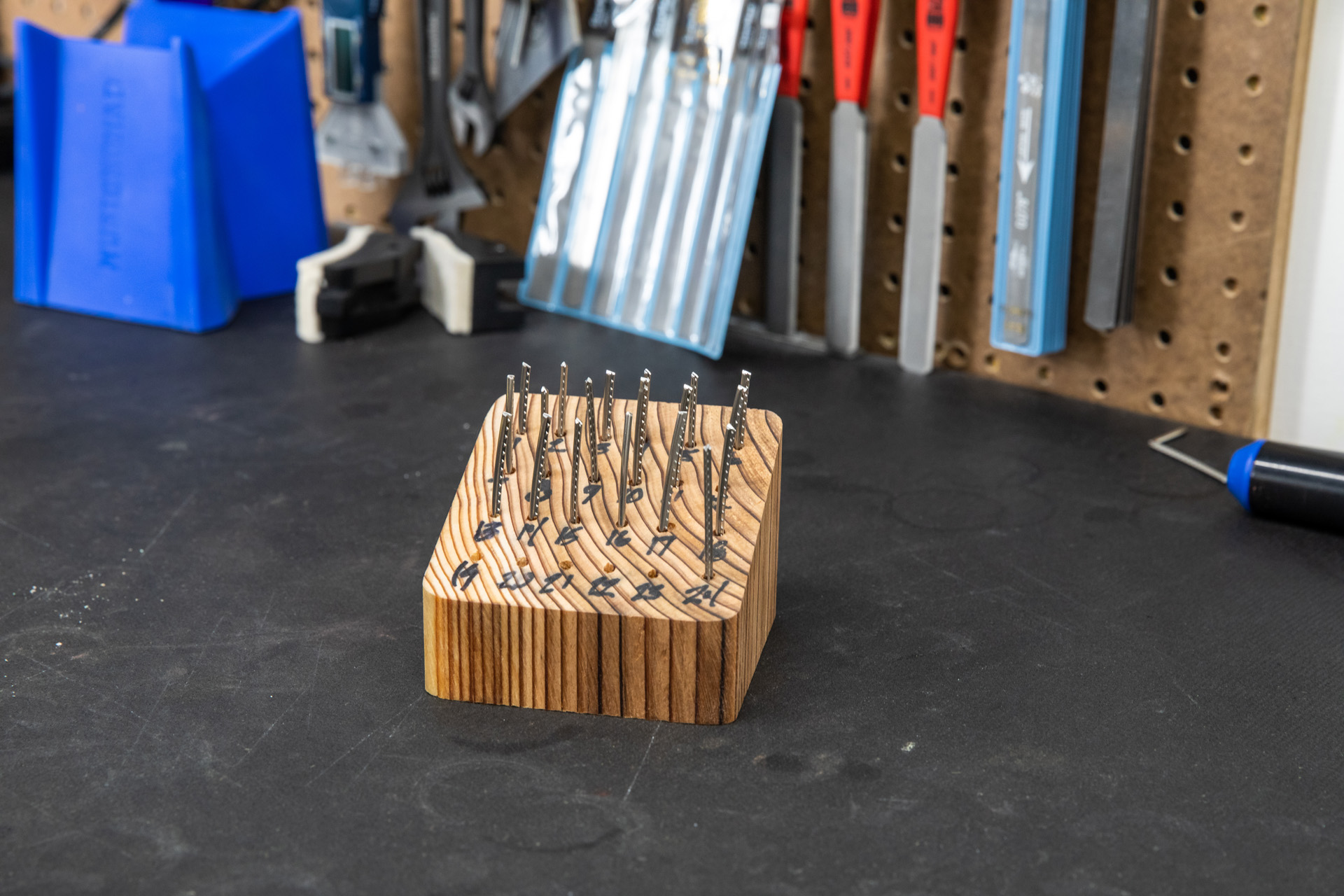
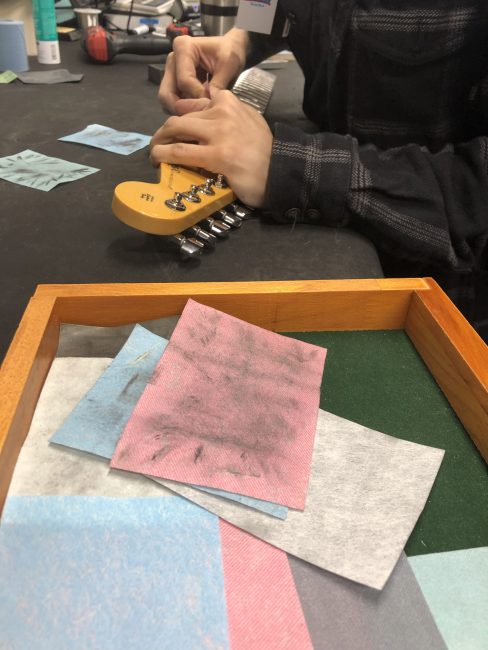
Then, it’s time to restring the guitar and complete the final setup.
The Reveal
Once we got the beautifully refretted guitar back from Julie, we were eager to get back to Sweetwater Studio A to record it again with the new frets and to see what differences we could hear — how big a difference (if any) did it make?
Here are those first two clips again. This time, know that the first clip (A) is the original nickel/silver alloy frets and that the second clip (B) is the stainless steel frets.
Can you hear a difference? Do you have a preference? Take a listen to these other examples to hear more bends, slides, and chords and see what differences you hear.
Percussive
Chord Slide
Bends
Single Note
Clean Chords
Crunch Chords
Crunch Bends
Player’s Perspective
I asked Don Carr to share his opinion after playing the guitar before and after the fret change.
DC: There’s lots of talk about the “sound” of stainless frets, but I want to comment on the aspect that is not audible: the feel. Since I played all the examples in this article, I had lots of playing time on this guitar with both the original nickel/silver alloy frets and the stainless steel replacements. I’ll be as objective as I can in my explanation, but, by its very nature, feel is subjective.
Here’s what was included on Julie’s initial setup on the guitar with the original NS frets: fret dressing, crowning, string change, height adjustment, etc.. The guitar played great! The goal was to make sure the guitar had the same setup and strings with NS and SS frets. After the change to SS frets, the first thing I noticed was the flawless fretwork by Julie Skarry! As I started to notice the feel of the frets themselves, which was my primary focus, I felt almost no difference until I did a single-note bend. Then the adjectives were plentiful: “smooth,” “glassy,” “slick,” “even,” etc. Bending took less effort and overall seemed easier — all the things you’ve likely heard about or experienced with stainless steel frets. I noticed the difference less when sliding. It’s still smooth but not significantly smoother than nickel/silver frets.
The only time it became a bit of an obstacle was when I played the example with multiple bends, bending with a stationary note and sliding from one bend to another. When I played that example with stainless steel frets, the easy-bending aspect caused me to not nail the bends immediately. It took a few extra tries and some minor rethinking. The slight resistance from the nickel/silver frets gave me a certain guidepost; I knew exactly how to position my fingers to land the bends in tune. The slicker feel of stainless steel changed those guideposts. The best comparison would be driving an unfamiliar car with different brakes and steering: not necessarily good or bad, just different. Once you get used to the difference, it’s all good.
I play a lot of different guitars regularly, and I own guitars with nickel/silver and stainless steel frets. I have my favorites, but I’m pretty flexible when it comes to the feel of a guitar as long as it’s properly set up with decent strings. With that in mind, here’s my assessment. Overall, the differences between the feel of the nickel/silver and stainless steel frets were small. For either, the right setup and good fretwork will make the biggest difference.
Should You Make the Change to Stainless?
If you like what you hear and you’re ready to refret an instrument you own or a brand-new instrument you’re buying, then call our Sweetwater Guitar Workshop and have them do a gorgeous refret job just like this for you. We have a whole team of talented luthiers waiting to fine-tune any guitar the way you want it.
Gear
For these samples, we used a new Fender American Professional Stratocaster plugged into a Soldano SLO-100 head to a Marshall 1960BHW handwired 4×12 cabinet miked with Shure SM57 and Royer R-121 microphones plugged into a Rupert Neve Designs RMP-D8 preamp into the Avid MTRX recording to Pro Tools. Don played with a Dunlop Ultex 1.0mm pick, and the strings were D’Addario EXL110s. Thanks to Shawn Dealey for engineering these sessions.
Find Out More
To learn more about Sweetwater’s Guitar Workshop and our excellent team of luthiers, check out these videos. When you think guitars, think Sweetwater first.


